Optimal Timing for Concrete Pouring
Concrete pouring is a critical step in construction projects, requiring careful consideration of environmental conditions to ensure optimal results. The timing of the pour can influence the strength, durability, and finish of the concrete. Factors such as temperature, humidity, and forecasted weather conditions play a significant role in determining the best time for pouring concrete.
Concrete should be poured when ambient temperatures are between 50°F and 85°F to prevent rapid drying or freezing issues.
Avoid pouring during rain, extreme heat, or cold to minimize risks like cracking, improper curing, or surface defects.
Spring and fall often provide the most stable conditions, but local climate variations may influence optimal timing.
Constant weather monitoring ensures that sudden changes do not compromise the pour.
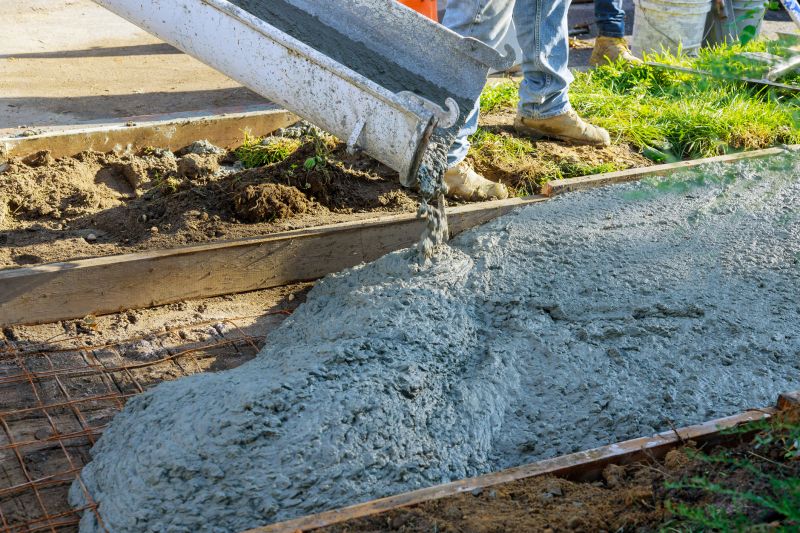
Optimal conditions for consistent setting and curing.
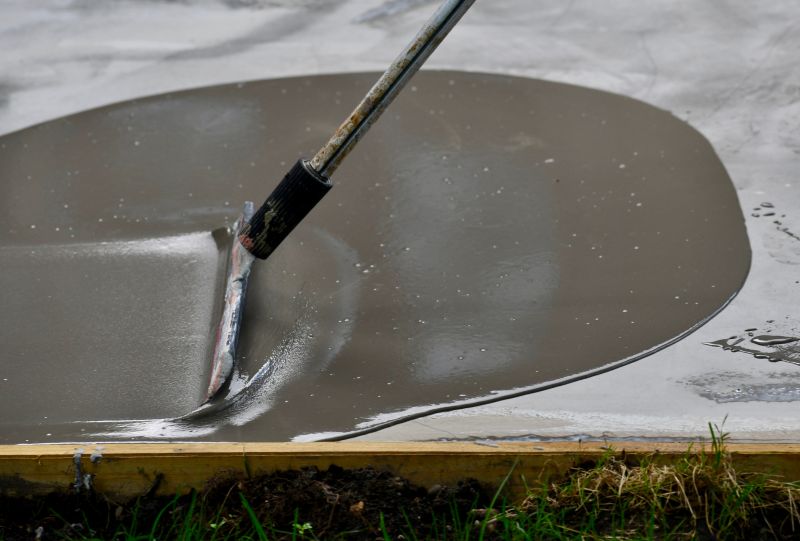
Rain can weaken the surface and affect curing process.
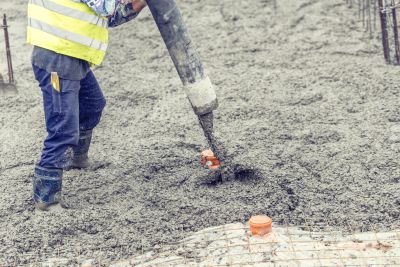
Using heaters or cooling blankets to manage extreme temperatures.

Ways to make Concrete Pourings work in tight or awkward layouts.

Popular materials for Concrete Pourings and why they hold up over time.
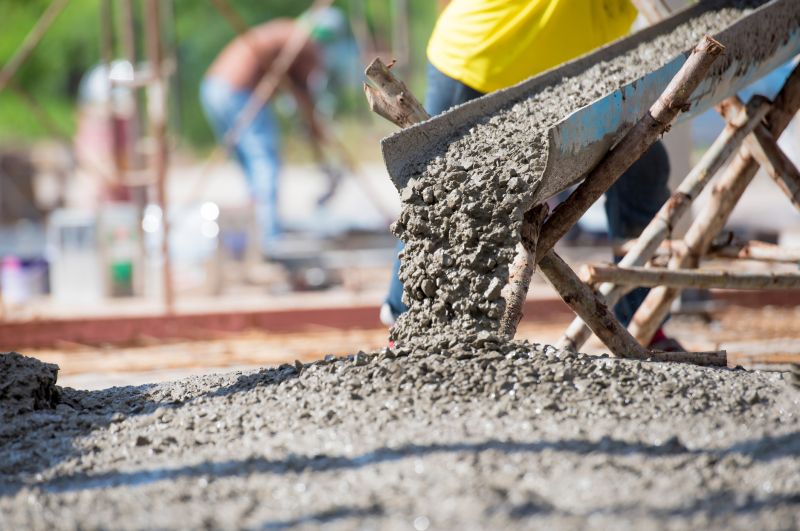
Simple add-ons that improve Concrete Pourings without blowing the budget.
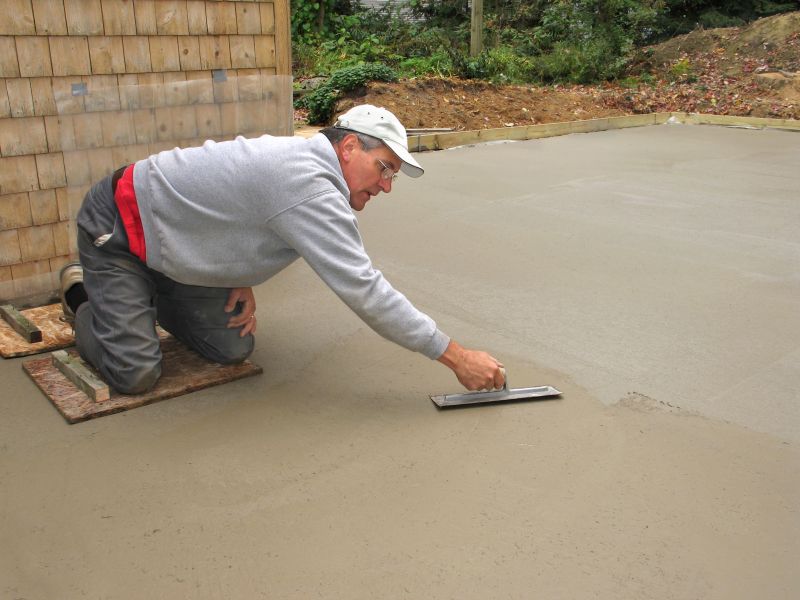
High-end options that actually feel worth it for Concrete Pourings.
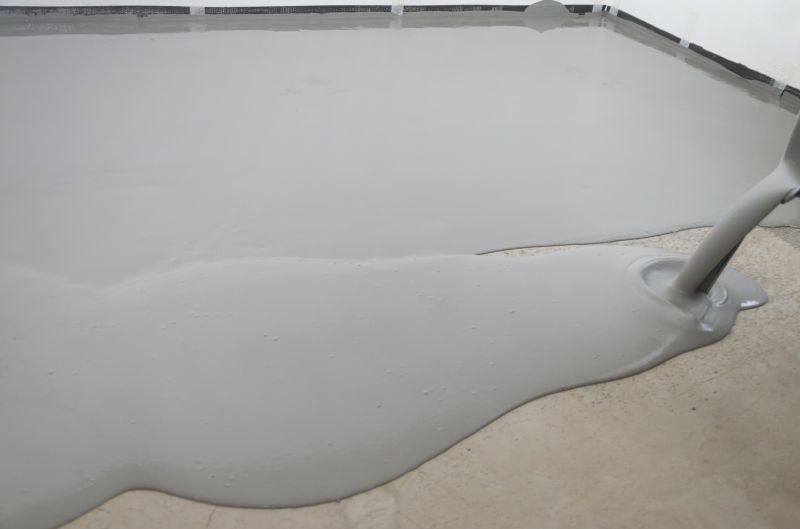
Finishes and colors that play nicely with Concrete Pourings.
| Season | Ideal Conditions |
|---|---|
| Spring | Moderate temperatures with low humidity |
| Summer | Early morning or late evening to avoid heat |
| Fall | Stable temperatures and dry weather |
| Winter | Use of heating and insulation for cold conditions |
| Rainy Days | Avoid unless protective measures are in place |
Concrete pouring requires precise timing to ensure optimal curing and strength development. Proper environmental conditions significantly influence the quality of the finished surface and the structural integrity of the concrete. By monitoring weather forecasts and understanding seasonal variations, construction professionals can plan pours during the most suitable periods, reducing risks and improving outcomes.
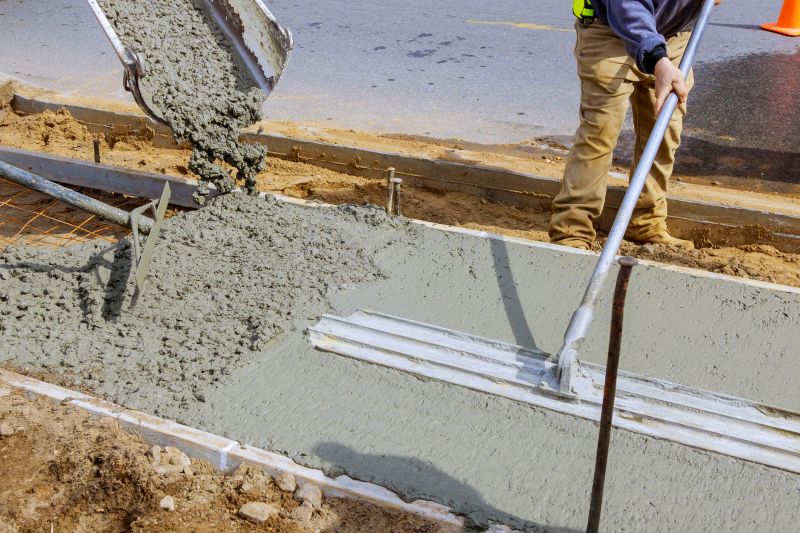
Ensures proper setting and curing.

Coverings and shelters help maintain ideal conditions.
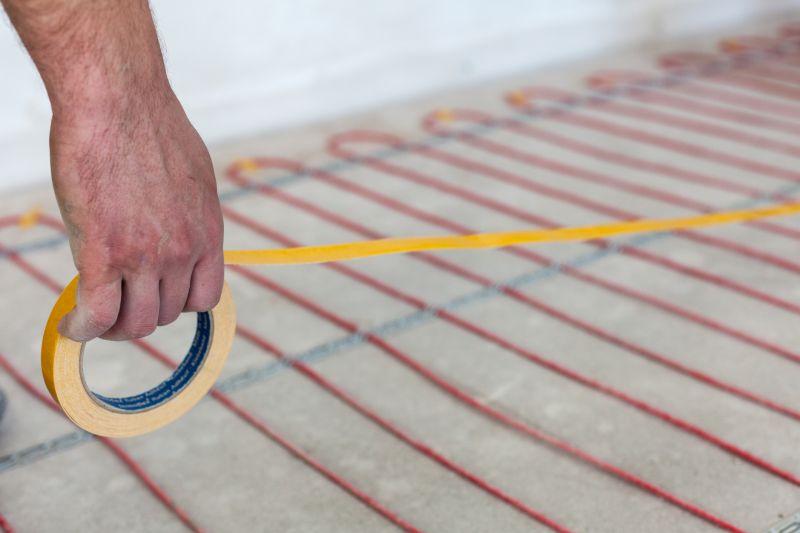
Use of heaters or coolers in extreme weather.

Aligning pours with favorable weather windows.
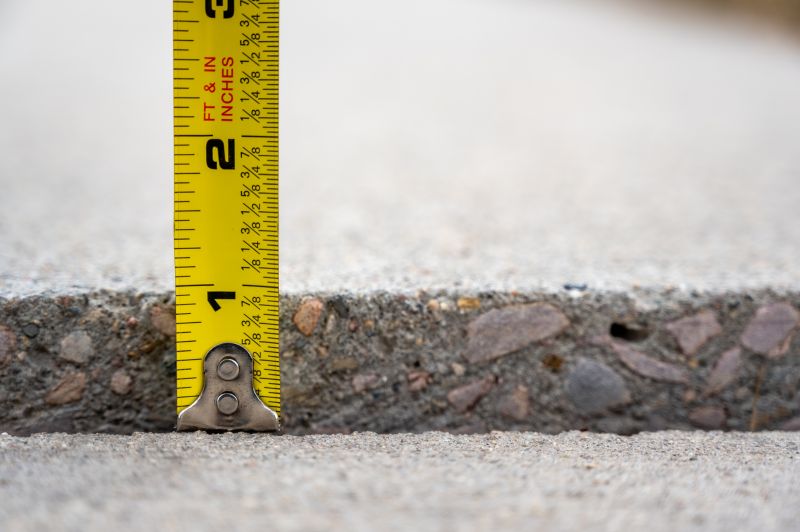
Little measurements that prevent headaches on Concrete Pourings day.
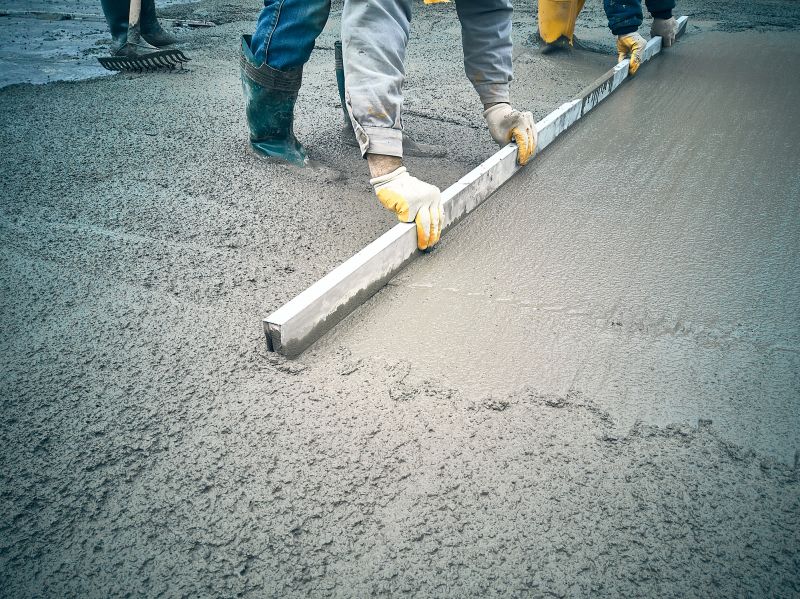
A 60-second routine that keeps Concrete Pourings looking new.

A frequent mistake in Concrete Pourings and how to dodge it.
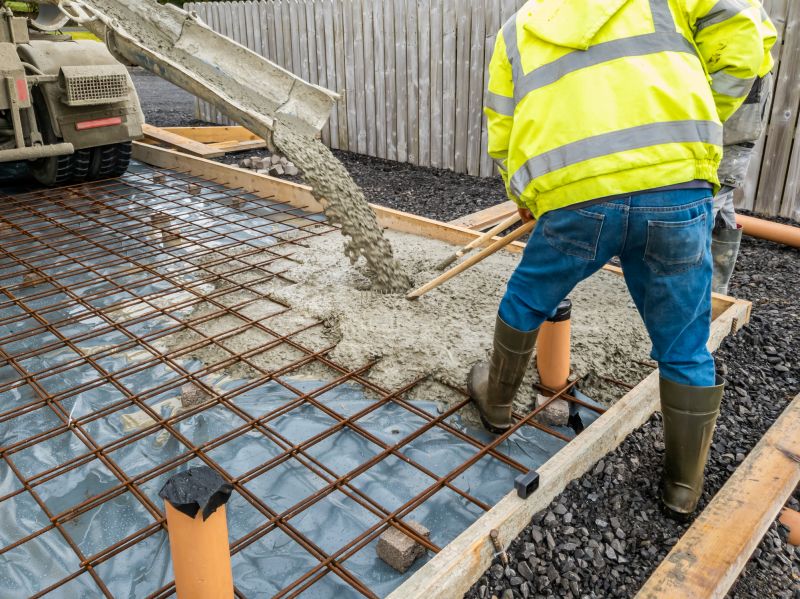
Small tweaks to make Concrete Pourings safer and easier to use.
Interested in scheduling concrete pourings at the optimal time? Filling out the contact form can provide guidance tailored to specific project requirements and local climate conditions. Proper timing ensures durable, high-quality concrete that meets structural needs.
